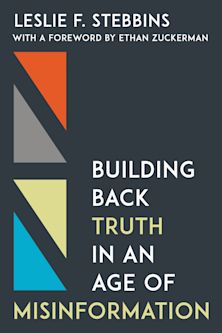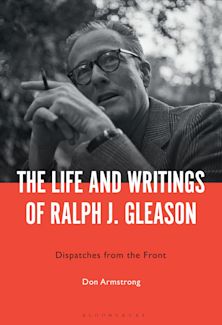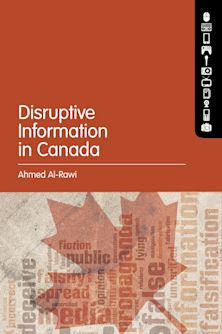Fake News, Propaganda, and Plain Old Lies
How to Find Trustworthy Information in the Digital Age
Fake News, Propaganda, and Plain Old Lies
How to Find Trustworthy Information in the Digital Age
This product is usually dispatched within 3 days
- Delivery and returns info
-
Free CA delivery on orders $40 or over
Description
Are you overwhelmed at the amount, contradictions, and craziness of all the information coming at you in this age of social media and twenty-four-hour news cycles?
Fake News, Propaganda, and Plain Old Lies will show you how to identify deceptive information as well as how to seek out the most trustworthy information in order to inform decision making in your personal, academic, professional, and civic lives.
• Learn how to identify the alarm bells that signal untrustworthy information.
• Understand how to tell when statistics can be trusted and when they are being used to deceive.
• Inoculate yourself against the logical fallacies that can mislead even the brightest among us.
Donald A. Barclay, a career librarian who has spent decades teaching university students to become information literate scholars and citizens, takes an objective, non-partisan approach to the complex and nuanced topic of sorting deceptive information from trustworthy information.
Table of Contents
Chapter 2: Fake News as Phenomenon: (Almost) Nothing New Under the Sun
Chapter 3: Tricks of the Trade: Techniques that Lower Your Information GuardChapter 4:Logical Fallacies: More Tools of Deception
Chapter 5: Evaluating an Information Source: Nine Essential Questions Everyone Should Ask
Chapter 6: Power in Numbers: Negotiating the Statistics Minefield
Chapter 7: Scholarly Information: Identifying, Evaluating, and Understanding It
Chapter 8: Help Is Where You Find It: Resources for Evaluating Information
Final Thoughts
Product details
| Published | Jan 30 2020 |
|---|---|
| Format | Paperback |
| Edition | 1st |
| Extent | 244 |
| ISBN | 9781538136843 |
| Imprint | Rowman & Littlefield Publishers |
| Illustrations | 6 b/w illustrations; 16 b/w photos; 4 tables; 20 textboxes |
| Dimensions | 230 x 151 mm |
| Publisher | Bloomsbury Publishing |
Reviews

ONLINE RESOURCES
Bloomsbury Collections
This book is available on Bloomsbury Collections where your library has access.



































